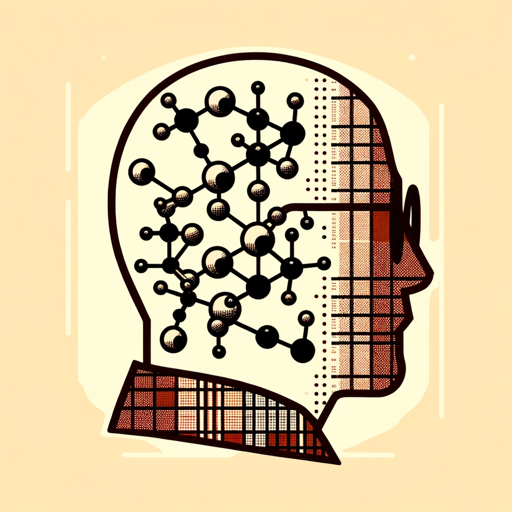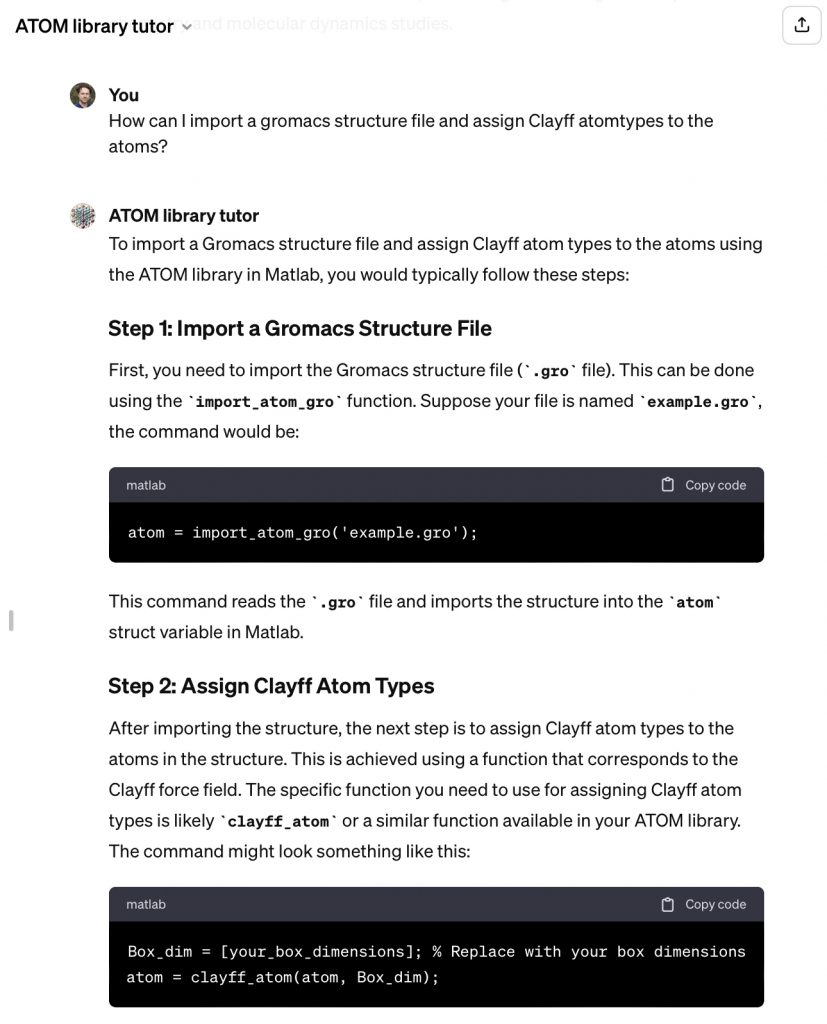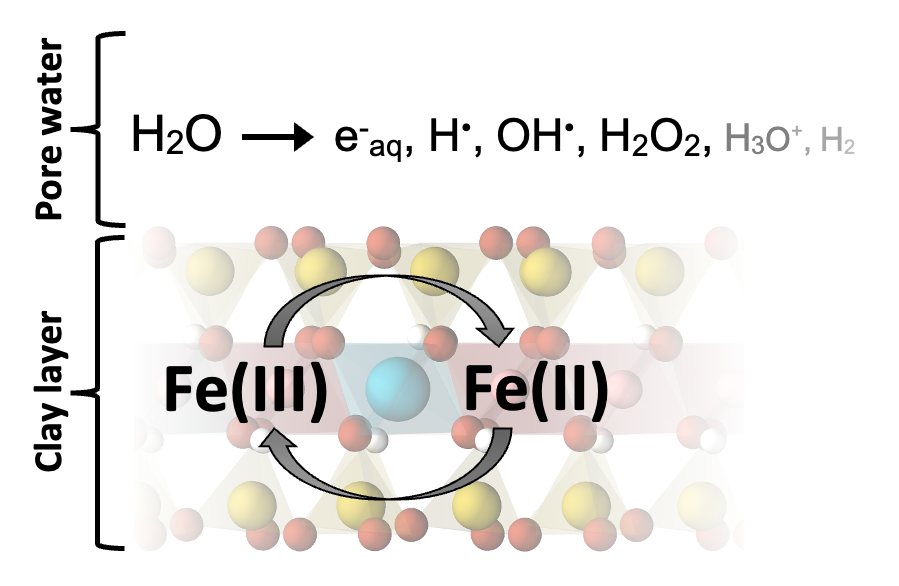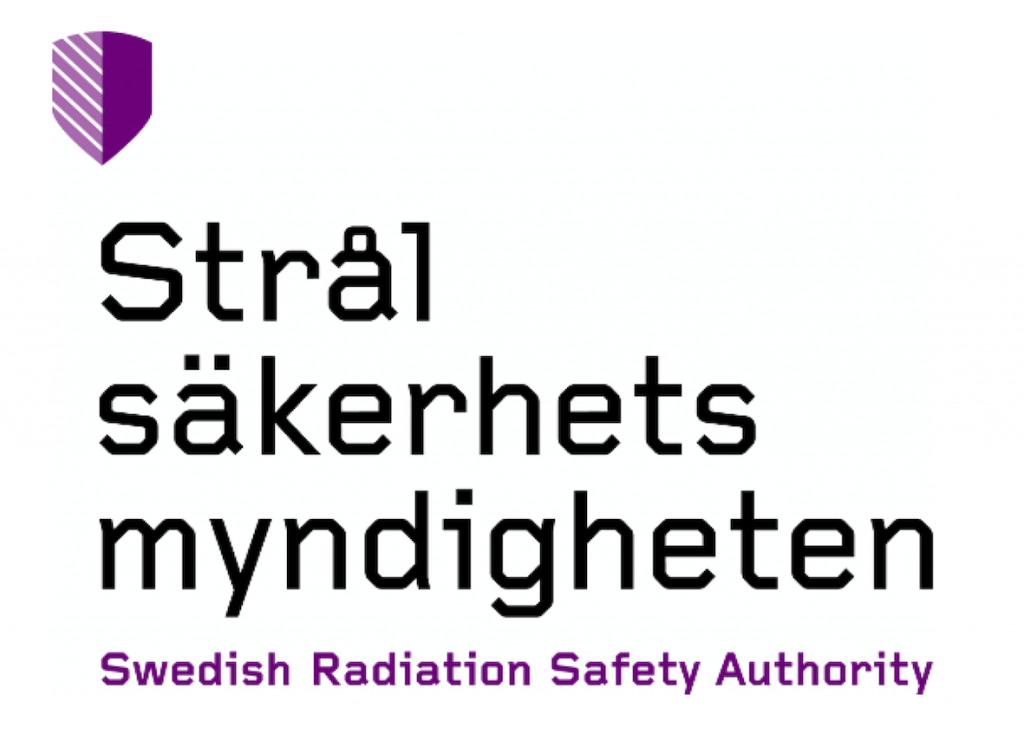now hiring a PhD student (4 year minimum) and offering one postdoc fellowship (2 years) for two separate but similar projects focusing on the molecular interactions between natural organic molecules and mineral surfaces.
In order to focus on the molecular scale, the research will utilize various experimental methods and molecular dynamics simulations (extracting for instance free energy profiles as shown below), and why not also virtual reality!

To apply for the PhD position, please visit this link.
To apply for the postdoc fellowship financed by the Kempe Foundations, please visit this link.










